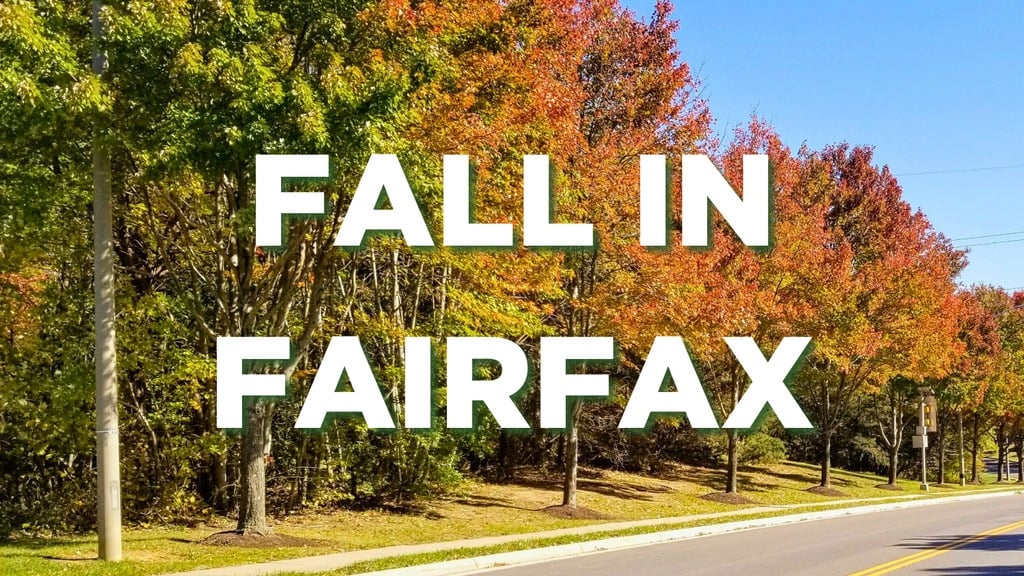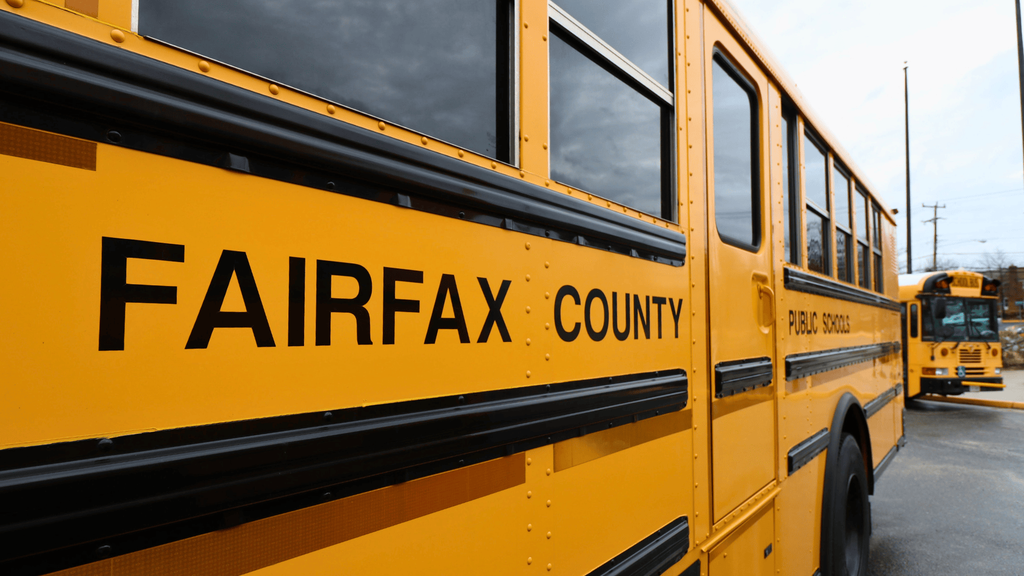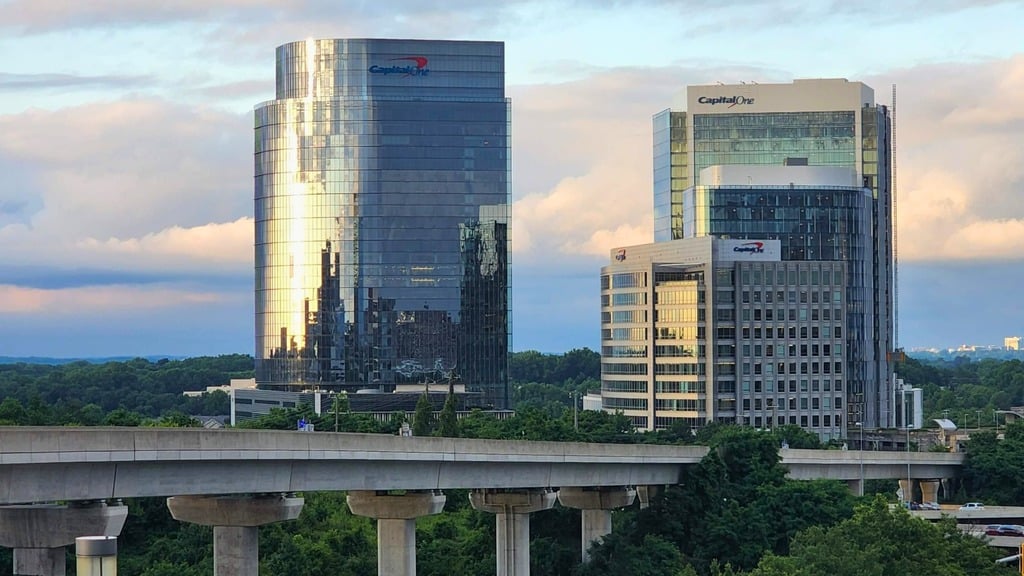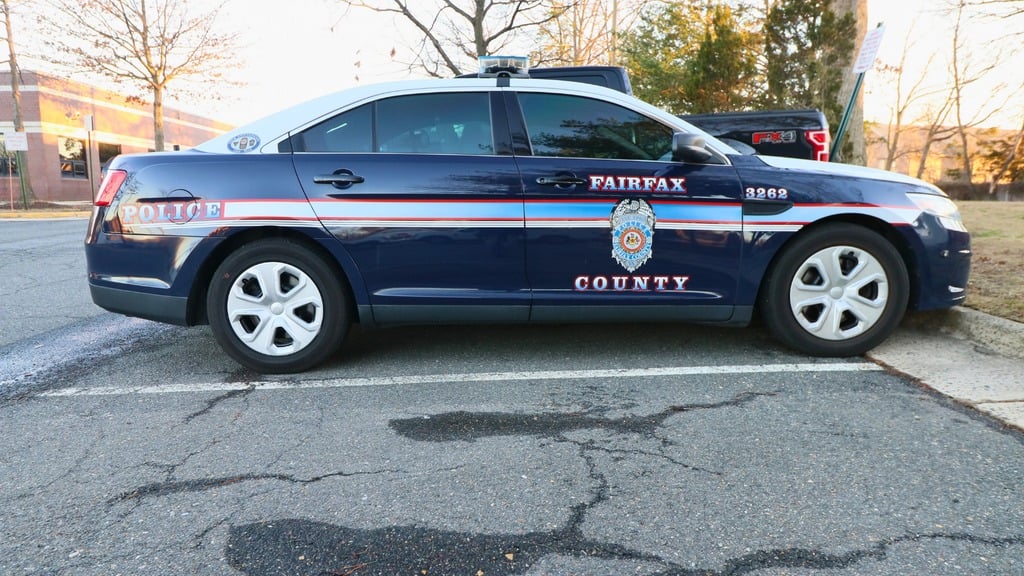In 2013, we left New Orleans, LA, to start our life in Fairfax County—and quickly realized what really matters when relocating.
This guide is exactly what we wish we had years ago:
- A quick look at Fairfax County’s advantages and drawbacks
- Practical insights into schools, job markets, and commutes
- Actionable tips for a smooth move across state lines
Let’s dive in to see if Fairfax County is the right fit for you…
Top 3 Pros & Cons of Fairfax County
- Top 3 Pros
- ✅ Outstanding Public Schools
- ✅ Strong Job Market
- ✅ Low Crime Rates
- Top 3 Cons
- ⚠️ Traffic & Commuting Woes
- ⚠️ High Cost of Living
- ⚠️ Extreme Weather
Have questions about any of these points—or want personalized advice? Let’s talk!
While Fairfax County has much to offer, no place is without its drawbacks.
We’ll start with the cons so you can weigh these potential challenges first—then we’ll cover the pros that make this region a top choice for so many newcomers.
🤔 Cons of Living in Fairfax County
In this section, I’ll answer the question: “What are the top reasons people dislike living in Fairfax County?”
I’ll also show you why some of these cons might not be as daunting as they seem. Let’s get started.
Con #1: Fairfax County’s Persistent Traffic & Commuting Woes 🛣️

Heavy traffic on I-66 during peak hours.
When we first moved here, we had no idea Fairfax County’s traffic could be as frustrating as Washington, D.C.’s.
Surprisingly, local neighborhood roads aren’t too bad, but the interstates running through the county can be hectic—even on weekends. Yes, weekend traffic is a thing, and we’re not even a beach town.
- Fairfax County has over a million residents, which naturally leads to more cars on the road.
- There’s no standard grid layout or easy neighborhood shortcuts.
- You’ll often find yourself on single-lane roads in densely populated areas.
- And don’t get me started on the toll roads.
Con #2: Car Reliance in Fairfax County 🚗

Plentiful parking but limited public transportation options.
When we first arrived, we couldn’t believe how essential having a car is here—especially if you come from a walkable city.
Surprisingly, some neighborhoods do have sidewalks, but overall, it’s tough to get around without your own set of wheels. Yes, you’ll even need a car to grab a quick coffee run.
- Public transportation doesn’t reach every neighborhood.
- Spread-out suburban design means you can’t always walk to shops or restaurants.
- Major roadways are built for cars first, pedestrians and cyclists second.
- Plentiful parking encourages residents to drive everywhere.
Con #3: Fairfax County’s Extreme Weather & Seasonal Swings 🌦️

Beautiful fall foliage in Fairfax County.
When we experienced our first Virginia summer, we didn’t realize humidity could be this intense.
Surprisingly, winters can also be quite cold, though heavy snow is less frequent than in some northern states. Yes, we do occasionally get “snow days” when a big storm hits.
- Hot, humid summers are common in the Mid-Atlantic region.
- Winter temperatures can dip into the 30s (or lower), with a significant snowstorm every few years.
- Rapid spring and fall transitions mean comfortable temps don’t last long.
- Severe thunderstorms can pop up in late summer, sometimes causing minor flooding.
Con #4: High Cost of Living in Fairfax County 💸

Median home prices are significantly above the national average.
When we started house-hunting, we were shocked to see home prices much higher than the national average.
Surprisingly, everyday essentials like groceries and utilities can be on par with national norms, but housing stands out as the biggest budget-buster. Yes, it’s a significant financial leap if you come from a more affordable area.
- Competitive housing market: Median home prices are easily $300k above national averages.
- Desirable location: Proximity to Washington, D.C. raises property values.
- High-paying jobs: Push incomes (and housing costs) upward.
- Strong demand: Keeps inventory tight.
Con #5: Fairfax County’s Allergy & Air Quality Issues 🤧

Spring brings high pollen counts in Fairfax County.
When we settled in, we had no clue how intense pollen counts could get each spring.
Surprisingly, even though the greenery is gorgeous, it can wreak havoc on those with sensitive sinuses. Yes, you’ll see plenty of blooming trees—and piles of tissues.
- Heavy pollen in spring and fall, especially from trees, grasses, and weeds.
- High humidity can encourage mold growth.
- Lush vegetation: A double-edged sword for allergy sufferers.
- Seasonal spikes: Can be abrupt, catching newcomers off guard.
Ready to Take the Next Step?
Struggling with these challenges? Let’s work together to find the perfect solution for your move.
🏡 Pros of Living in Fairfax County
In this section, I’ll answer the question: “What makes Fairfax County such a great place to live?”
From its excellent schools to its vibrant community and natural beauty, there’s a lot to love about this region.
Pro #1: Top-Rated Public Schools 🏫

One of the biggest reasons families flock to Fairfax County is its incredible public school system.
- Thomas Jefferson High School: Frequently ranked the #1 high school in the nation.
- Wide range of programs: From AP classes to IB programs and cutting-edge career and technical education.
- Highly qualified teachers: Known for their dedication to student success.
Pro #2: Thriving Job Market 💼

With proximity to Washington, D.C., and a strong local economy, Fairfax County offers a wealth of job opportunities across industries.
- Major employers: Companies like Amazon, Northrop Grumman, and Capital One have a strong presence.
- Federal jobs: Proximity to D.C. means access to government and military positions.
- Growing tech scene: Reston and Tysons are hubs for innovative companies.
Pro #3: Low Crime Rates & Safe Communities 🔒

Safety is a top priority for families, and Fairfax County consistently ranks as one of the safest counties in the D.C. metro area.
- Proactive policing: Strong law enforcement presence and community engagement.
- Neighborhood watch programs: Many communities have active safety initiatives.
- Family-friendly design: Safe parks, schools, and recreational areas.
Pro #4: Abundance of Parks & Recreation 🌳

Fairfax County is home to countless parks, trails, and outdoor spaces, making it a haven for nature lovers and fitness enthusiasts.
- 10 regional parks: Including Burke Lake Park, Huntley Meadows, and Riverbend Park.
- Extensive trails: The Cross County Trail spans over 40 miles.
- Community amenities: Playgrounds, picnic areas, and sports facilities abound.
Pro #5: Diverse & Vibrant Community 🌍

Fairfax County is one of the most diverse counties in the nation, with residents from all walks of life and corners of the globe.
- Proximity to D.C.: Attracts a global workforce and international residents.
- Rich cultural history: Fairfax County embraces its past while celebrating its modern multicultural identity.
- Varied neighborhoods: Communities like Annandale, Herndon, and Falls Church each offer unique cultural flavors.
✨🏡 Wrapping Up: Fairfax County Pros and Cons 🏡✨
Fairfax County is a region full of opportunities, from thriving job markets and top-rated schools to vibrant communities and abundant green spaces.
But as with any location, it’s important to weigh both the pros and cons before making your move.
Here’s how I can help you:
- 🏠 Provide expert guidance to find the perfect neighborhood for your needs.
- 💼 Share local market insights to help you make confident decisions.
- 📑 Offer a FREE relocation guide packed with actionable tips and resources.
My name is Abraham Walker, and as part of the Keller Williams Realty team, I specialize in helping families and individuals relocate to Fairfax County.
With years of experience and a client-first approach, I’m here to make your home-buying journey as seamless and stress-free as possible.
📥 Not Ready to Schedule a Call Yet?
Download our FREE Fairfax County Relocation Guide for valuable tips, local insights, and a handy checklist to make your move easier!
🚀 Ready to Take the Next Step?
Schedule a virtual consultation with me via Zoom, where I’ll walk you through the process, answer any questions, and help you plan your move to Fairfax County.
To get started, simply fill out the Perfect Home Questionnaire:
Together, let’s make your dream of living in Fairfax County a reality! 🏡🎉